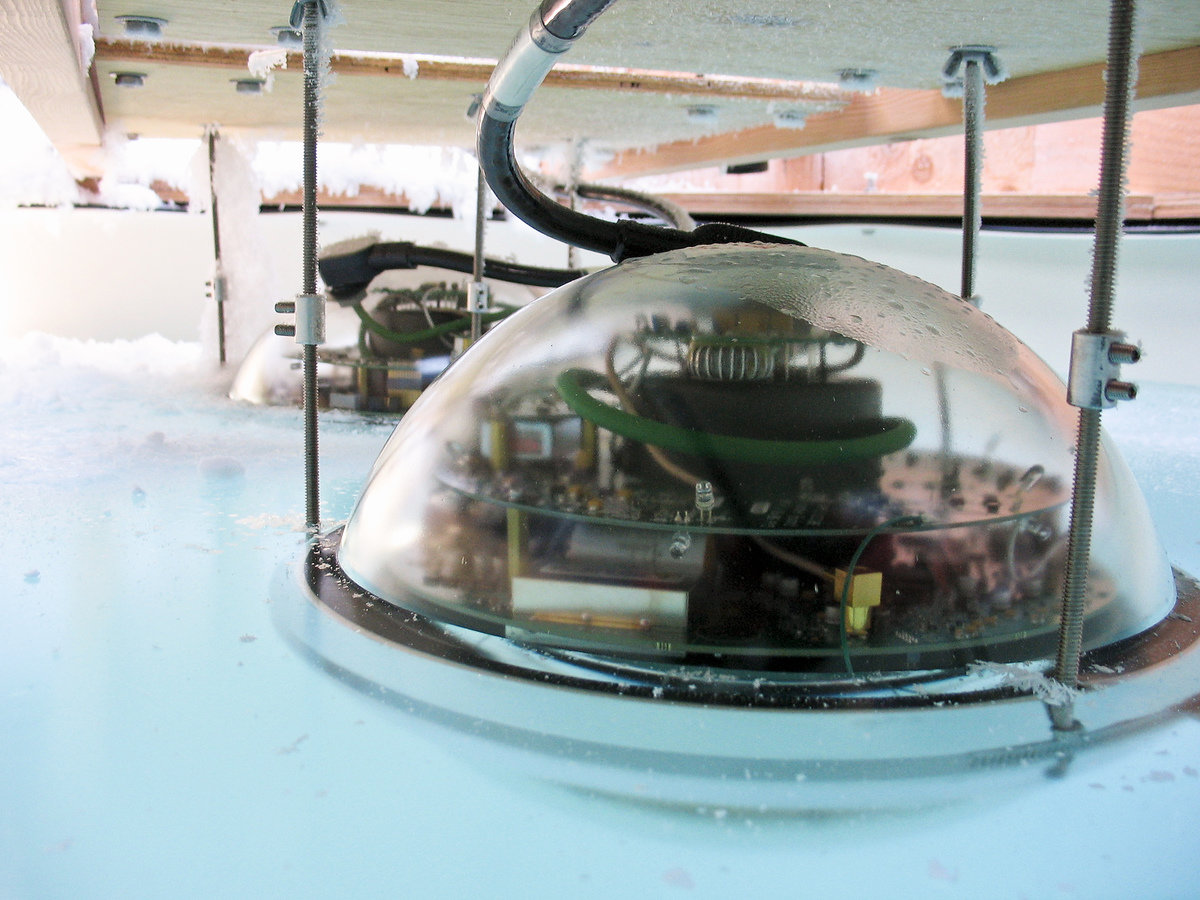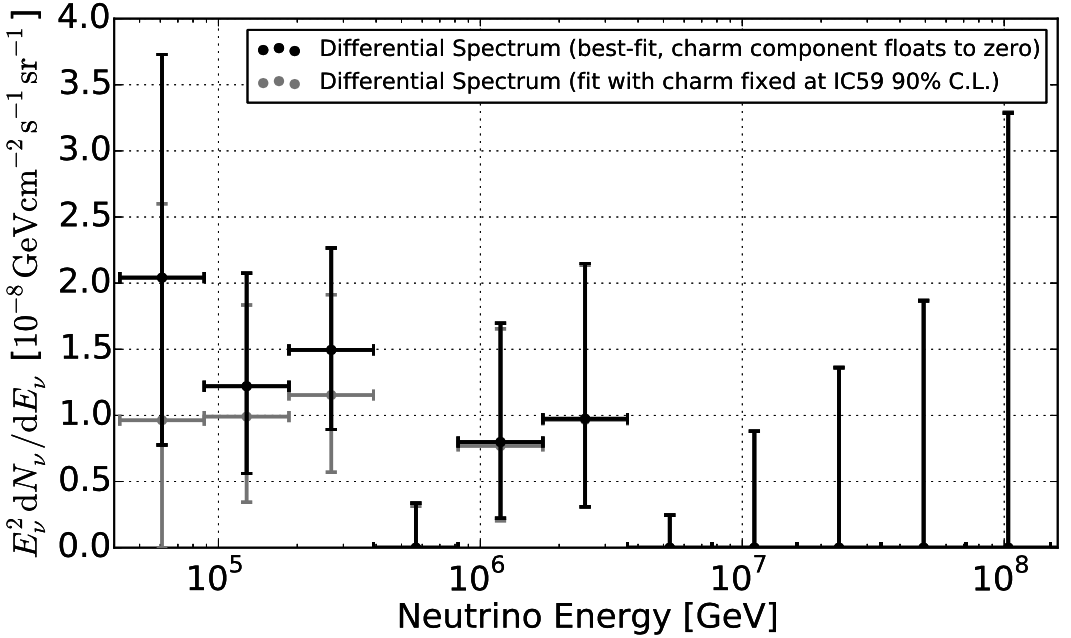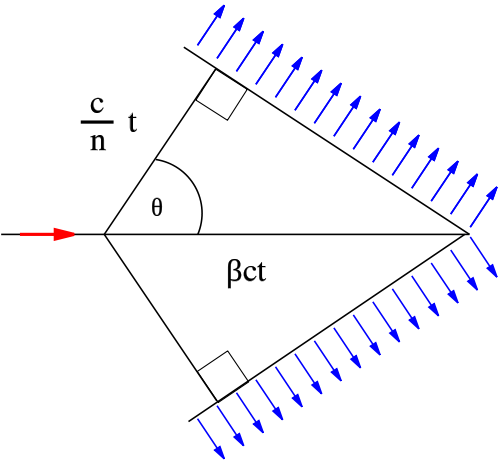ICECUBE NEUTRINO OBSERVATORY

Largest Neutrino Telescope
- 1 gigaton of ice
- 5160 Digital Optical Modules
- 1 square kilometer surface array
- 2 nanosecond time resolution
- 100GB of data generated daily
AMANDA (Antartic Muon And Neutrino Detector Array)
- Proof-of-concept for IceCube
- 677 optical modules
- 19 strings
Total Strings
- [2005] 1
- [2006] 9
- [2007] 22
- [2008] 40
- [2009] 59
- [2010] 79
- [2011] 86

IceTop
- Cherenkov detector
- Positioned on the surface of the glacier
- Used as a cosmic ray shower detector
- Coincident event tests
IceTop


ELECTRONICS
PMT
"DeepCore"
- Densely instrumented region
- Extends the observable energies below 100 GeV
- Located at the center near the clearest ice at the bottom of the array (1760m and 2450m deep)
"Strings"

1.0 PeV
1.1 PeV
2.2 PeV

But how do we "actually" detect neutrinos?

Cherenkov Radiation!

But what about other leptons from air shower?
Muons produced by Pion and Kaon decays enter at 2.8kHz
We need an effective veto mechanism

Event selection identifies neutrino interactions by rejecting particles entering from outside the detector
Neutrino Flavors
- Muon Neutrino
- Muon is the most penetrating
- Generates the longest "tracks"
- Electron Neutrino
- Electrons scatters multiple time
- Cannot be used to point back to source
- Generates "cascade"
- Electrons scatters multiple time
- Tau Neutrino
- Short-lived
- Cannot travel long before decaying
988-day sample
- 37 events
- 30 - 2000 TeV

Identifying point sources
- Origin of highest energy cosmic rays
- Travel to earth with little deflection
- Unbinned maximum likelihood method


Results
- Evidence for high-energy extraterrestrial neutrinos
- Equal fluxes with all three neutrino flavors with isotropic arrival direction
Future
- Gamma ray bursts coincident with neutrinos
- Indirect dark matter searches
- Neutrino oscillations
- Galactic supernovae
- Sterile Neutrinos
ICECUBE NEUTRINO OBSERVATORY
By seanbae
ICECUBE NEUTRINO OBSERVATORY
- 793



